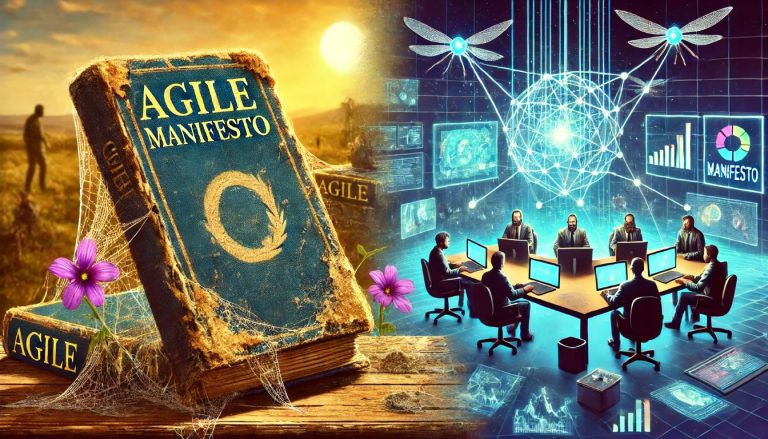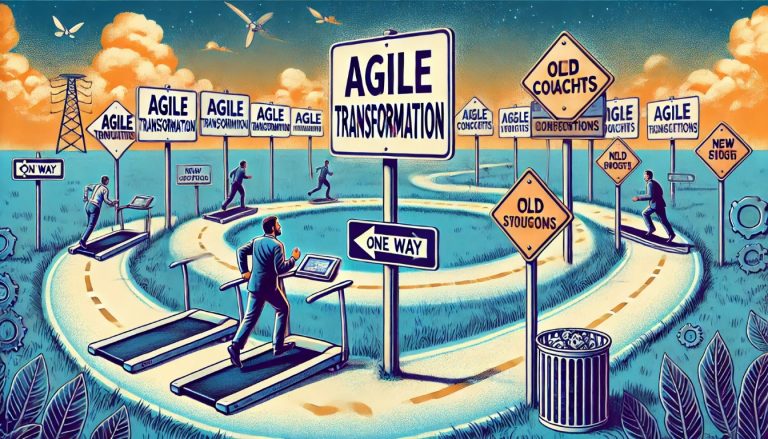Technologische bedreigingen
Heel lang geleden, in de tijd dat Twitter nog bekend stond als ‘X’ en maar weinigen van ons er weet van hadden, verscheen er plotseling een zogenaamde Twitter-Deskundige op tv. De ‘socials’ waren nog geen integraal onderdeel van ons leven. “Wat kun je er eigenlijk mee doen?”, vroeg de presentator. “Je kunt er berichten mee…










